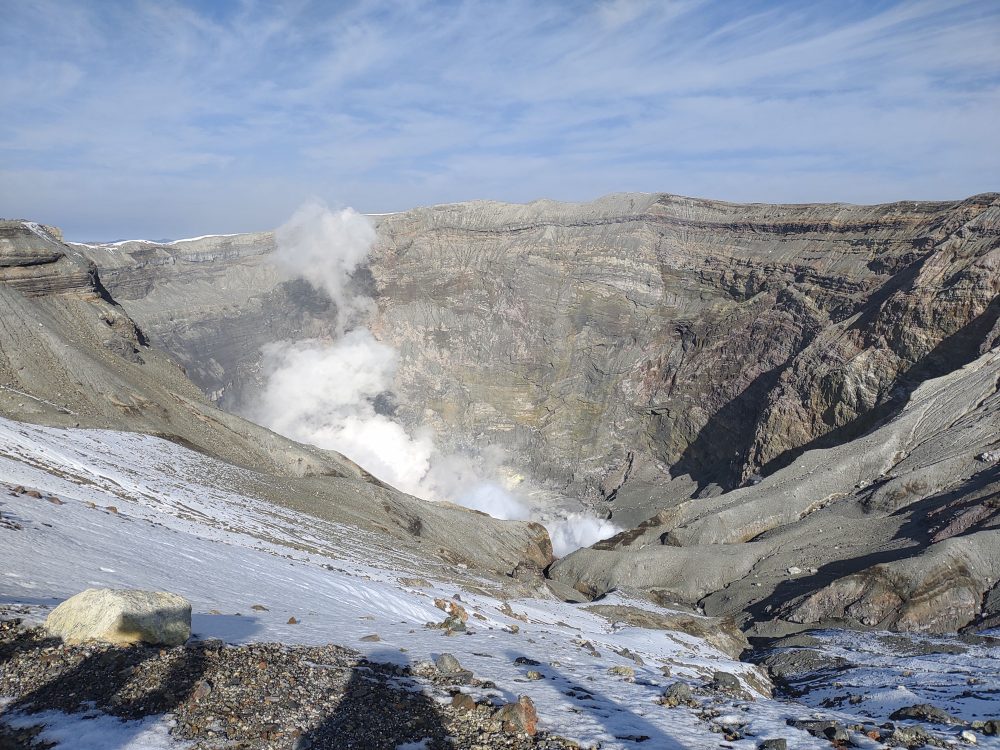
Hello, how are you all doing? Even though we passed the coldest day of the year, known as “Daikan” (January 20th), it has still not warmed up at all in the past few days.
Every morning, I shiver from the cold of Aso, but I’m still in perfect form—Batten Arakazu (^^♪
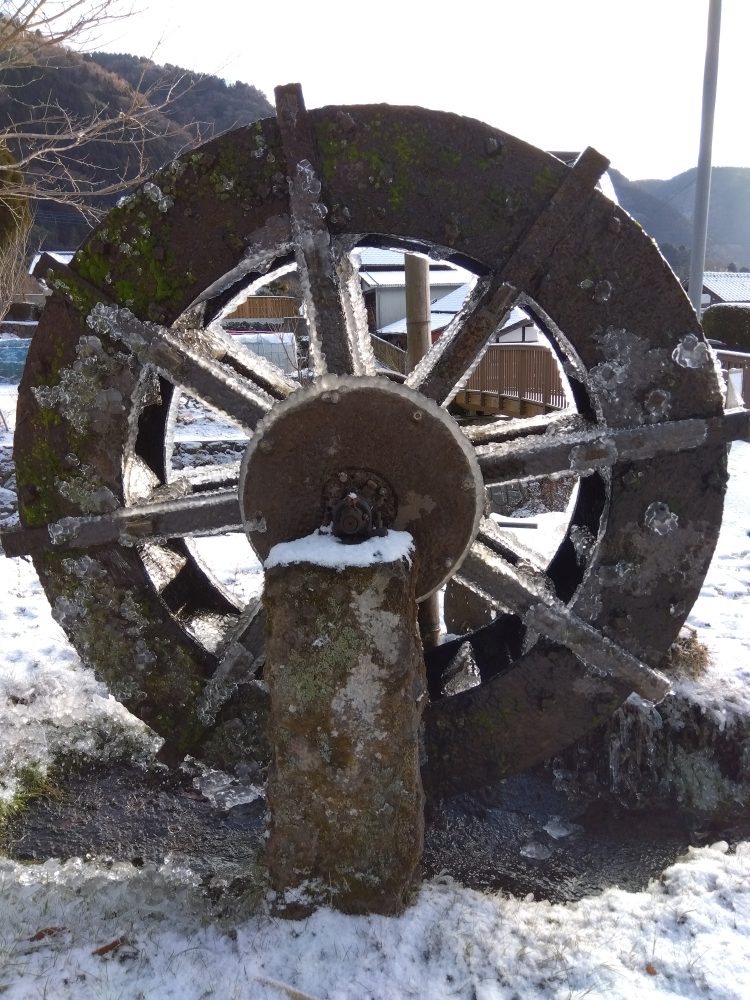
By the way, changing the topic, the concept of “SDGs” (Sustainable Development Goals) has been widely known around the world for some time now. But to get straight to the point, the world’s oldest and longest-lasting example of implementing these goals—spanning about 10,000 years—was actually during Japan’s Jomon period.
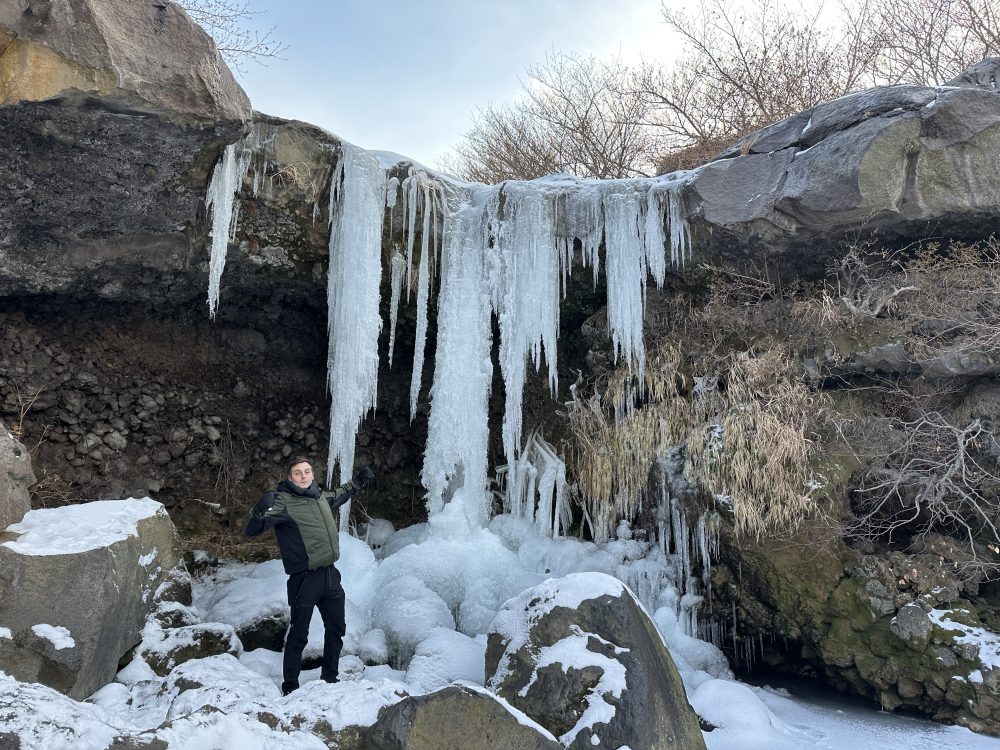
The Jomon period, which flourished in Japan around 15,000 to 2,400 years ago, coincided with a time when the world’s four great ancient civilizations—those along the Tigris-Euphrates, Indus, Nile, and Yellow rivers—were once lush and fertile areas. However, today those regions have become deserts. These ancient civilizations based their agricultural practices and livestock farming on the one-sided exploitation of nature, which ultimately led them to deplete the very land and forests that supported their civilizations. On the other hand, the Jomon people, as evidenced by the world’s oldest pottery found at the Ohdairayamamoto site in Aomori, had a lifestyle that reflected the principles of SDGs.
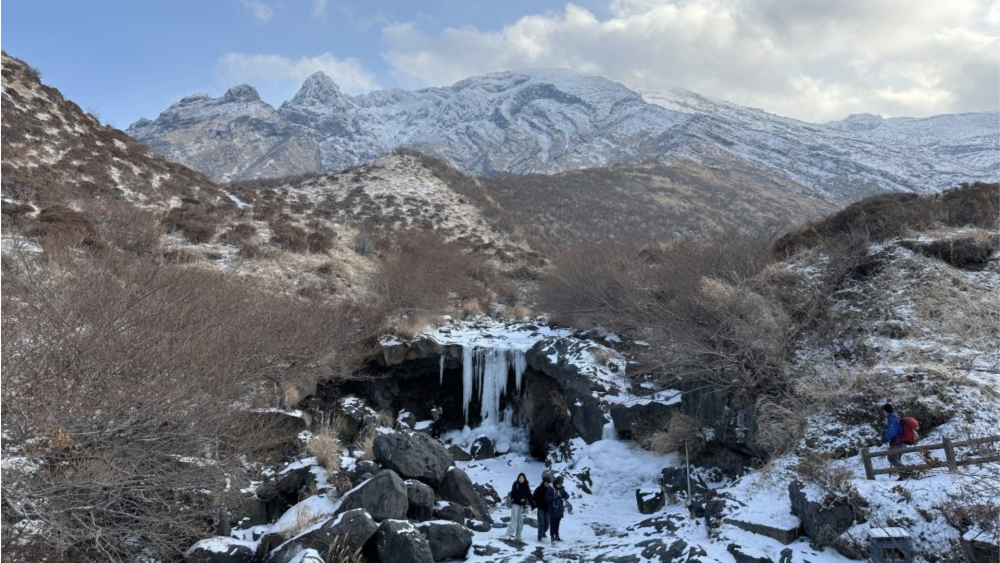
The Jomon people, our ancestors, ate seasonal foods such as sardines and herring in the spring, mackerel and horse mackerel in the summer, chestnuts, walnuts, and acorns in the fall, and during the winter, they hunted game like pheasants and ducks, which were rich in fat. With no refrigerators, coolers, or facilities like greenhouses, they relied on natural resources and consumed foods in sync with the seasons. Additionally, the bones found at these Jomon sites show that they mostly hunted adult animals, with very few juvenile bones found. This suggests that the Jomon people, with a long-term vision, were mindful of not driving wild species to extinction, treating nature with care—truly embodying the principles of SDGs. These Jomon people were indeed pioneers in sustainable living .
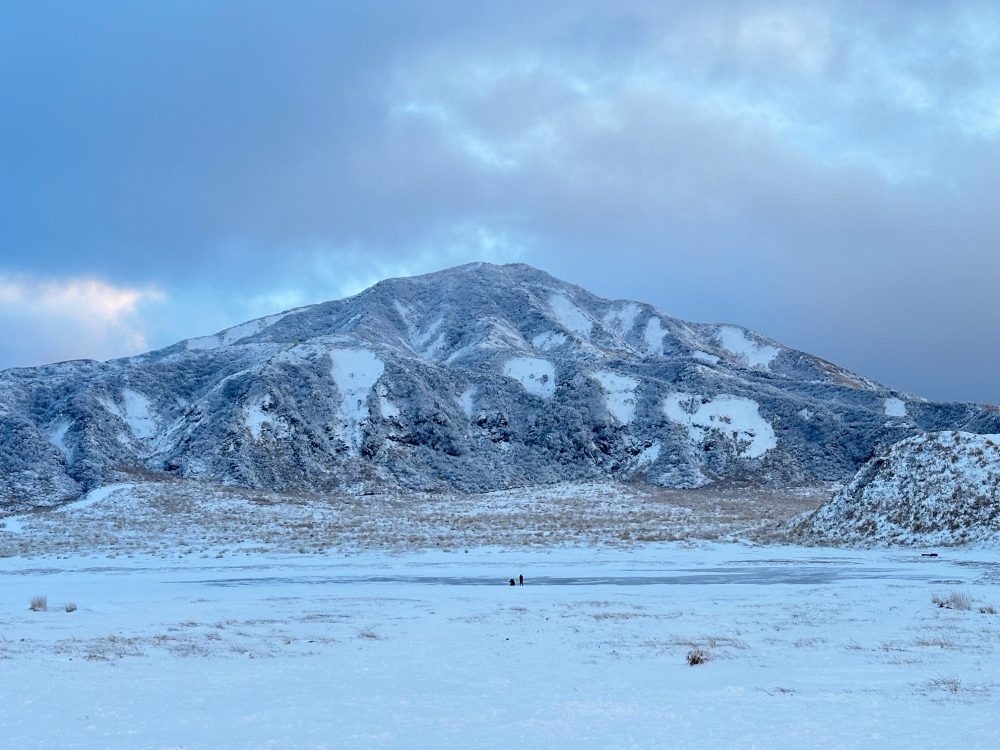
The grasslands of Aso, including the 草千里 (Kusasenri) area, are also considered a manifestation of SDGs from the Jomon period, a legacy passed down to our generation that lives in the present day.
One of the key differences between our country’s unique relationship with nature, which is found nowhere else in the world, can be seen in the following expression, I believe:
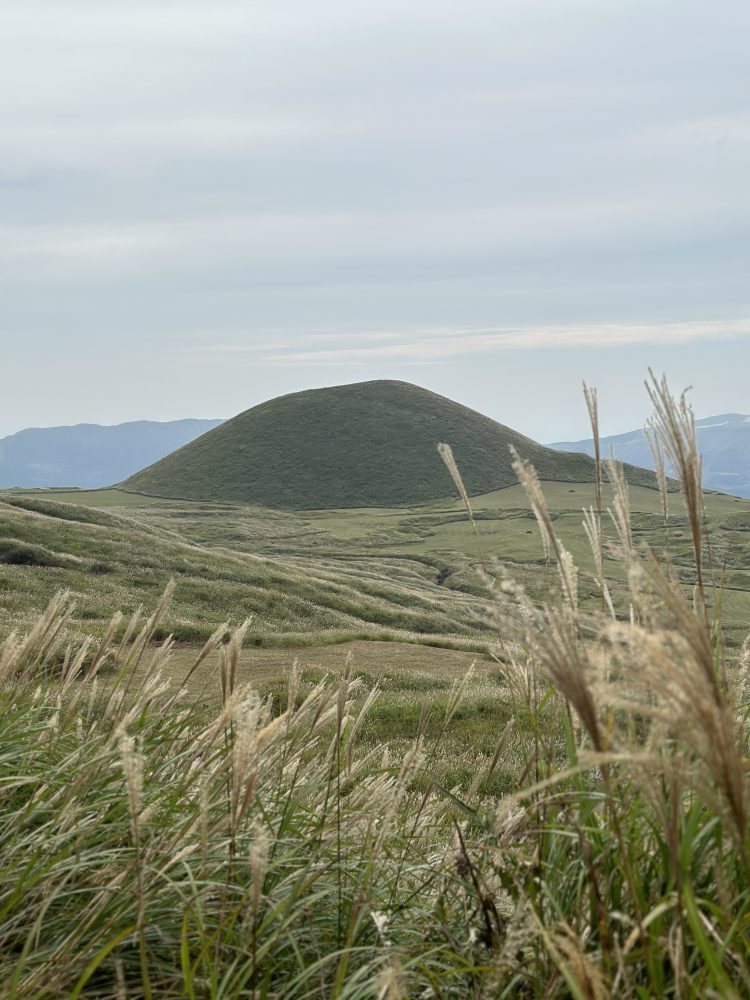
Example sentence: I’m over the moon.
Originally, the word over has connotations of overcoming or defeating. So, if we translate this literally, it would mean “I have defeated the moon” or “I have overcome the moon.” It turns out that this expression is frequently used in everyday conversation by Westerners. The correct interpretation, however, is that it is an expression of extreme happiness, meaning “I am so happy I could hardly contain myself.” This is quite different from the Japanese perspective of living in harmony with and coexisting with nature. In the Western worldview, there is a focus on conquering nature, and it is only when they feel they have triumphed over nature that they experience true joy. I believe this nuance is embedded in this sentence, and I’m sure I’m not the only one who thinks this way.
On the other hand, our ancestors, the Jomon people, considered the plants and flowers of nature to be fellow living beings, which is clearly reflected in the following Japanese words. Please compare the two:
For example, the word pairs me (eye) and me (bud), hana (nose) and hana (flower), ha (tooth) and ha (leaf), ho (cheek) and ho (ear of grain), which reflect the deep connection between the human body and plants in Japanese culture. This stands in contrast to the earlier English expression. I feel that I can understand a little bit of the difference between the two, don’t you think?
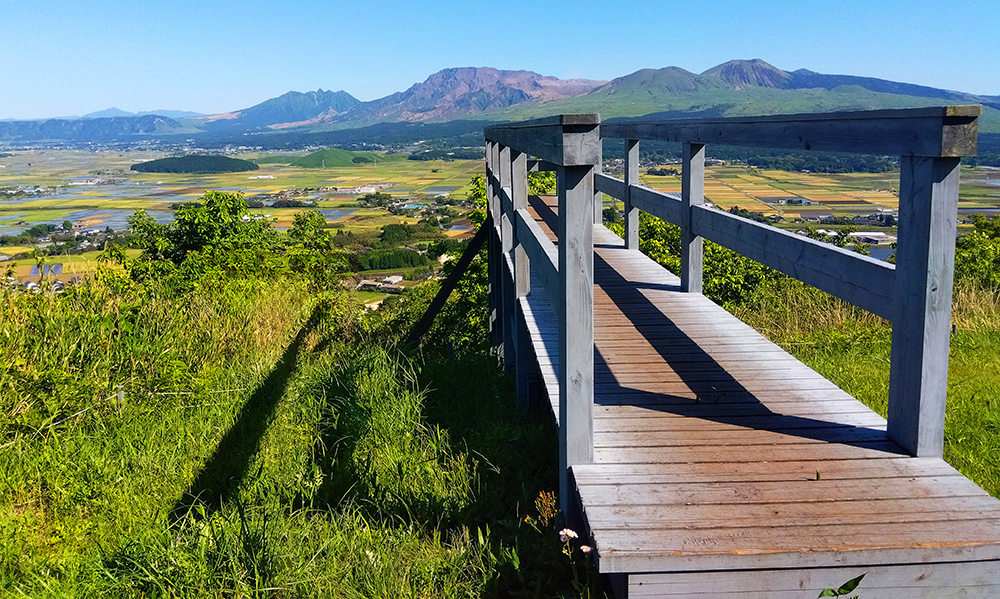
Additionally, as a side note, Westerners, Chinese, and even Koreans tend to perceive the sounds of insects, animals, waves, wind, rain, and babbling brooks with their right brain, much like they would mechanical or background noise. However, Japanese people hear these sounds with their left brain, just like language. In other words, for us Japanese, the sounds of insects, rain, wind, and flowing water are not just “sounds” but rather “voices” from nature, and we can appreciate the beauty of these sounds with a sense of wabi and sabi—the quintessential Japanese sensitivity to the transient beauty of nature!
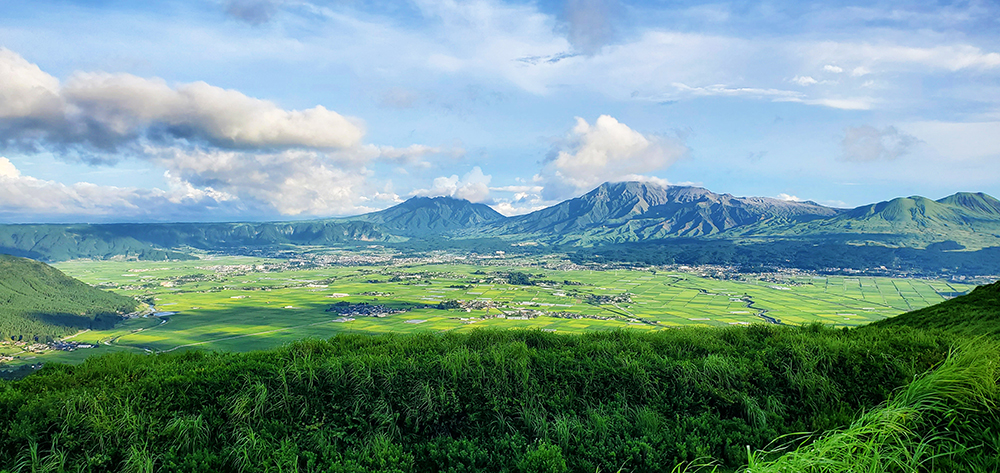
In conclusion, what made the “sustainability” of the Jomon civilization possible was the innate sense of harmony and coexistence with nature that the Japanese have always possessed, along with the “wa no kokoro” (spirit of harmony) that shows empathy toward others. This is what is argued in a book I read, which was an excerpt from Renaissance Vol. 7.
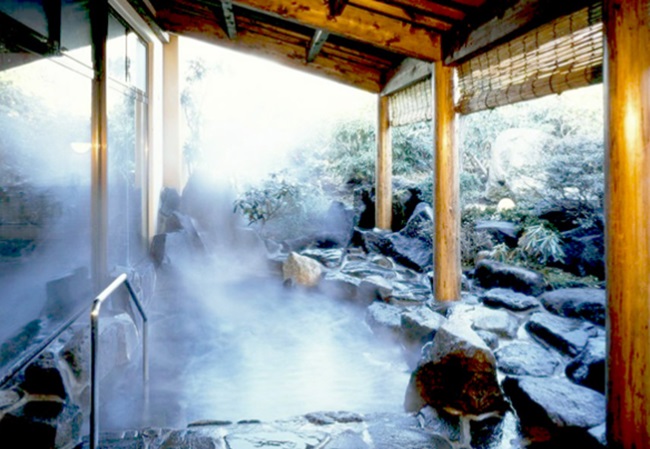
It seems that whether our generation, living in the present day, can successfully pass on the baton of Aso’s great nature—preserved and protected since the Jomon period, which started around 15,000 years ago—will depend on us. However, there are concerns about the global SDGs efforts today. For example, in the Aso region, numerous solar panels have been installed as alternative energy sources to replace fossil fuels like coal. Yet, it’s questionable whether these systems are truly environmentally friendly for the Earth. Additionally, although Swedish, German, and Chinese car manufacturers have produced large numbers of electric vehicles (EVs) starting from last year, the lack of charging infrastructure and, in particular, the inability of EV batteries to function well in the harsh winter cold in Nordic countries like Sweden have led to large numbers of abandoned EVs. These “graveyards” of vehicles are scattered everywhere, and now there’s an urgent issue of how to deal with the industrial waste they create.

These were cutting-edge technologies (EVs) created by humanity, but due to insufficient charging infrastructure and the inability of electric energy to function properly in the cold, we are facing a reality where the cost of handling large numbers of discarded vehicles is far higher than anticipated.
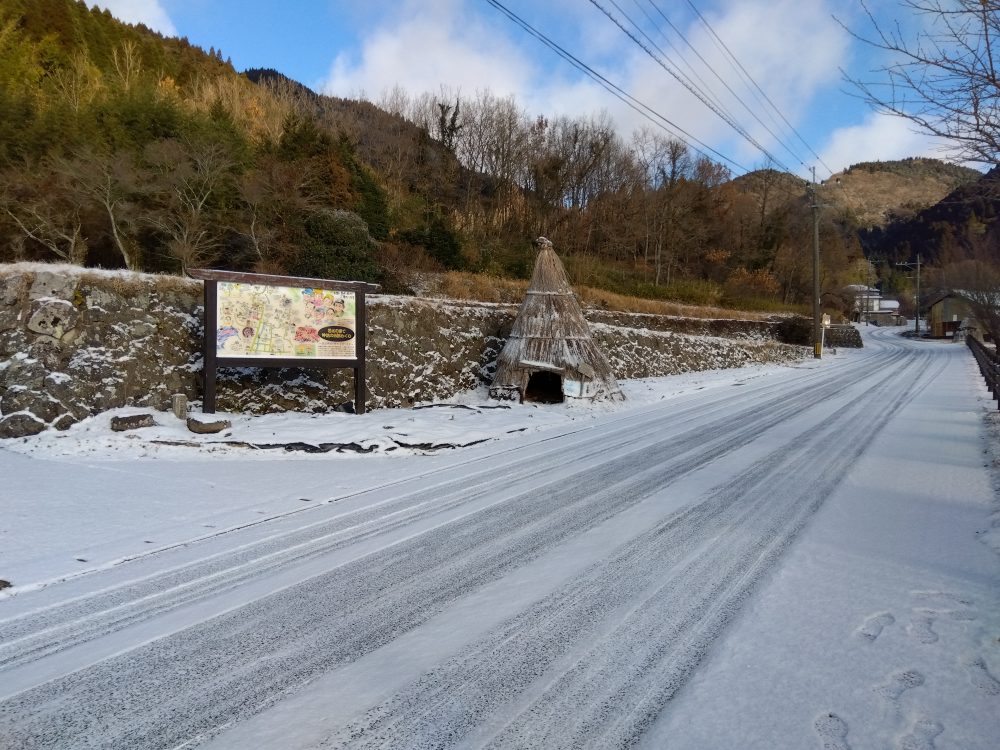
This global situation made me realize, once again, that it’s not just about “money,” “now,” or “myself”—rather, I’ve come to appreciate the true SDGs of our Jomon ancestors in Japan. This is the lesson I have learned! (^^)!

